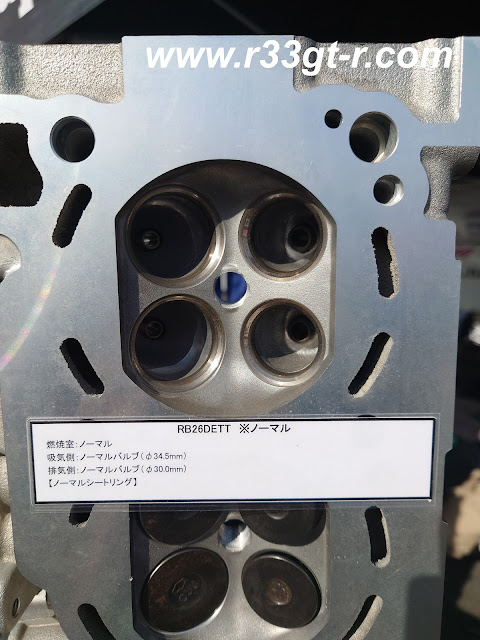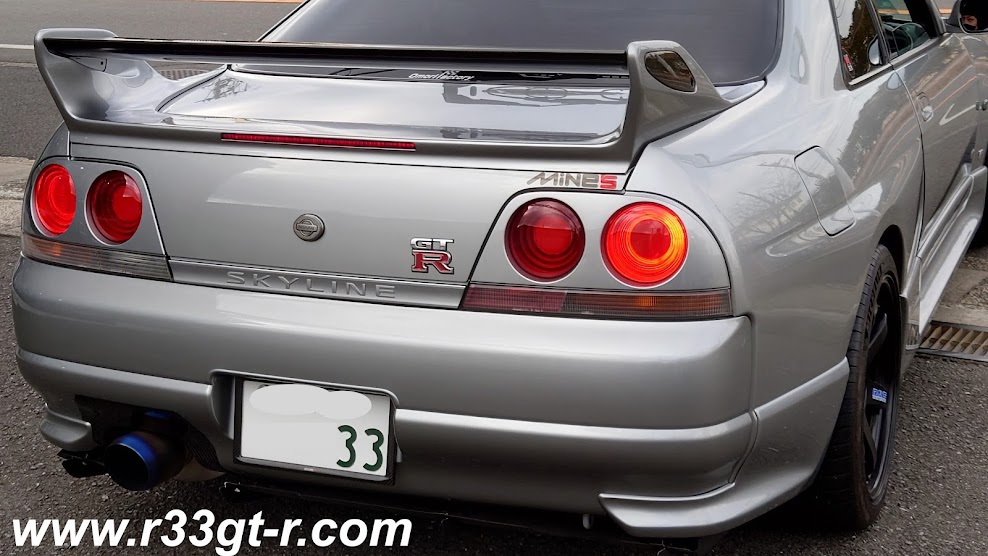So I've been skimming some of the social media coverage of the R's meet lately, and one tuner/booth that seems to not get much attention is the one for NAPREC, short for Nagoya Precision. Established in 1997 by Minoru Nagoya (yep, so the company is not named after the city), everyone in the aftermarket engine tuning world here in Japan knows about NAPREC.
It's no secret that, if you want your rebuilt engine to perform at its best for its specified usage, you get in line and send the cylinder head in to NAPREC to be machined properly, so as to allow for the use of bigger valves, ensuring the smoothest flow of fresh air into and exhaust out of each cylinder, and changing the shape of the combustion chamber, to give a few examples. Check out their high-response menu. A not so well kept secret is that all the big name famous tuning houses send their engine heads into NAPREC - I recall Nakayama-san at Mine's telling me that he used to spend hours himself manually porting out the intake/exhaust ports for each engine he worked... but given the stuff that was included in the menu for my engine, I am pretty sure for the rest of the nifty bits added to my car's engine - strengthened valve guides, intake valves, etc. - the head was sent into NAPREC. In any case, for sure now, given how busy Mine's is, I am sure they outsource most of their cylinder head work to NAPREC (confirmed by Nagoya-san at his booth...)
Anyway, I wanted to share a few photos I took at his booth.
 |
| Just sitting pretty. Not even an RB26 head! |
 |
| Anyone know what that gold ring is around each valve cutout? |
 |
| OEM normal combustion chamber, with normal intake side valves of 34.5mm and exhaust side valves of 30.0mm, and normal seat rings. |
 |
| From top to bottom - Full Circle, Hemi Circle, and Full Squish. |
So even though the Full Squish looks pretty OEM, it actually provides the biggest step up in volume, with Hemi and Full Circles only being with 1.5cc of the Full Squish. And yes I asked and my Mine's engine should have the Full Squish (and yes it seems that way in checking this old blog post).
Anyway, it was nice to learn something somewhat mechanical - and yes basic - but hey some of these things you have to get up close and personal to really appreciate the precision that is required to produce super smooth and responsive engines.
In my next post, I am going to try to explain something very interesting I found... a possible future product which I am definitely interested in...






4 comments:
The gold rings are valve seats. They are often swapped out in high performance applications as they are the part that makes contact with the valves to seal the cylinder, but also transfer/redirect the cylinders heat away from the valves to the cylinder head. If you are experiencing a leaking cylinder head, it is often a bent/damaged valve otherwise a worn valve seat.
Thanks Dom! Good knowledge there, thank you for sharing!
What are the pros and cons for going full squish, hemi circle, or full circle?
The quench pad in the combustion chamber is there to help force the air fuel mixture to be closer to the spark plug which improves the rate of combustion as there's physically less distance to cover. It does shroud the valves slightly in the OEM configuration which reduces flow in and out of the head and affect knock propensity, it's basically a sharp edge in the combustion chamber. That's why they remove the quench pads in a "full drag" configuration. Generally speaking if you aren't going for big power I don't recommend messing with oversize valves or the squish area, I believe DSport has mentioned that if you don't port the head very much you actually lose flow with 1mm oversize valves. If you do port the head to take advantage of the bigger valve it's only ~2-5% more flow. Nissan actually did a really good job on the OEM RB26 head for the intended application. Mine's mentions their "stage 1" doesn't include any combustion chamber/valve oversize changes, it's possible your engine did have it done but I wouldn't lose any sleep if it wasn't.
Post a Comment